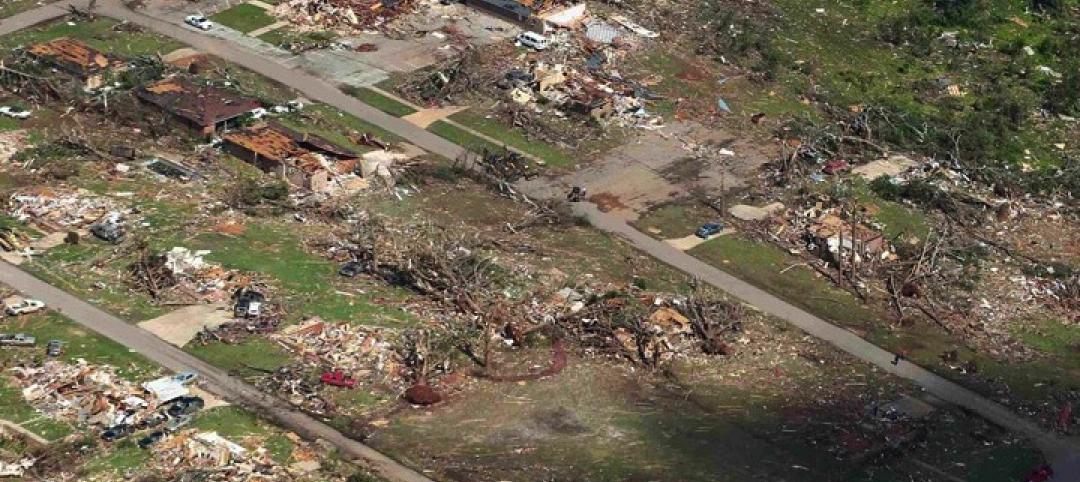Experts examined reduced pathogen transmission using a building’s original mechanical design, original installation, design intent, and proper maintenance in a new white paper.
Return Ductwork Requirement for Airborne Pathogens Through the Airstream, discusses two approaches: pressure barriers and airflow distribution. The paper looks at the pros and cons of using the cavity above a finished ceiling as a return air plenum combined with supply air to the air handler as a proper ventilation technique.
Considerations include how ventilation systems affect the health and well-being of building occupants. A ceiling plenum provides some fan-specific energy efficiency and reduced material and labor costs, but it could put occupants and workers at risk and result in unintended energy losses. An open ceiling plenum is difficult to clean and disinfect, while ductwork can be easily cleaned.
A ducted return system allows a testing, adjusting, and balancing professional to adjust room pressures and airflow patterns to accommodate a change in use or mitigate pathogen transmission during a pandemic. Authors of the white paper include members of the American Society of Heating, Refrigerating and Air-Conditioning Engineers (ASHRAE) Technical Committee 5.2 Duct Design.
Related Stories
| Sep 11, 2013
USGBC Florida Chapter survey to help contractors adopt sustainable practices
Contractors in Florida could benefit from a data collection project by the state's chapter of the U.S. Green Building Council.
| Sep 11, 2013
Disability, vet hiring standards for contractors are goals, not quotas
Contractors that fall short of new federal hiring rules concerning veterans and disabled persons will not necessarily incur penalties, says Patricia Shiu, director of the Office of Federal Contract Compliance Programs.
| Sep 11, 2013
Sports stadium accidents suggest code updates may be necessary to prevent falls
Since 2000, at least three individuals have died as a result of falling from the upper decks of stadiums in the United States. In addition, eight non-fatal falls have occurred in stadiums and arenas over that time.
| Sep 11, 2013
White paper examines Joint Commission requirements for NFPA codes in healthcare
The healthcare industry has experienced great attention from The Joint Commission concerning fire and life safety issues.
| Sep 11, 2013
San Francisco expected to drop firefighter air tank refilling station rule for skyscrapers
San Francisco is poised to drop a requirement that skyscrapers have refill stations so firefighters can recharge their air tanks during a blaze. The city has required that new high-rises have the air refill systems for about ten years.
| Sep 5, 2013
State legislatures continue to raise the bar on green school construction
Since the beginning of 2013, the USGBC has followed more than 125 bills across 34 states that seek to advance healthy, high-performing schools.
| Sep 5, 2013
Construction industry groups create coalition to respond to new OSHA silica rule
A group of 11 construction trade associations has created the Construction Industry Safety Coalition in response to the Occupational Safety and Health Administration’s (OSHA) proposed rule on silica for the construction industry.
| Sep 5, 2013
Red tape delays California county jail construction projects
California authorized $1.2 billion for jail construction in 2007, but not a single county in the state has completed a jail project since then.
| Sep 5, 2013
New CM-at-risk and design-build options create controversy in Ohio
Some contractors say Ohio's new system puts small and midsize construction companies at a disadvantage.
| Sep 5, 2013
Outdated codes slowed disaster recovery in Tuscaloosa, Ala.
Outdated building codes and lack of a master plan slowed the initial rebuilding stage after a devastating tornado leveled parts of Tuscaloosa, Ala. in 2011, according to the city’s mayor.
















